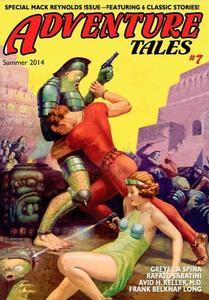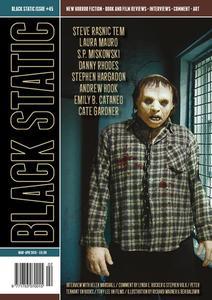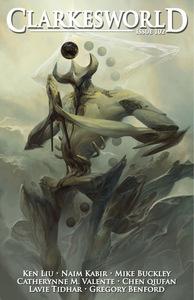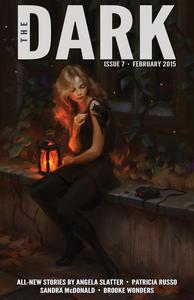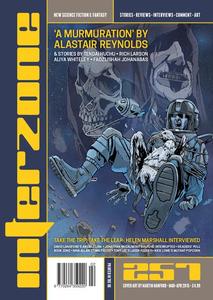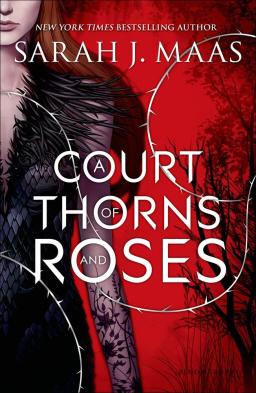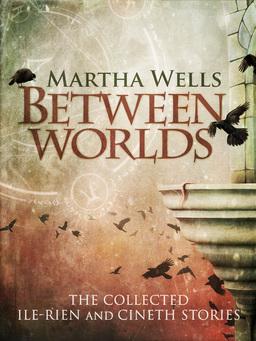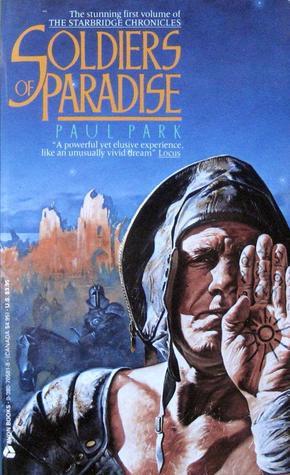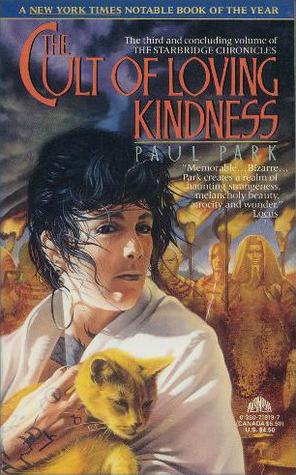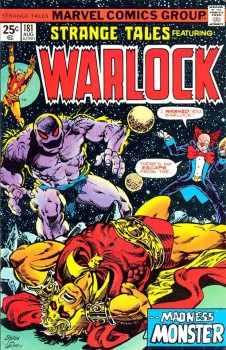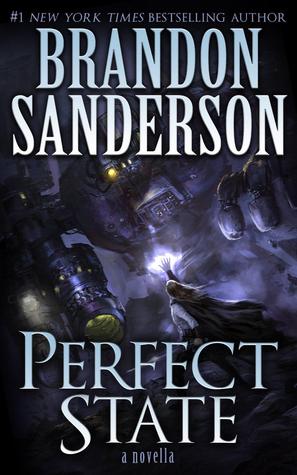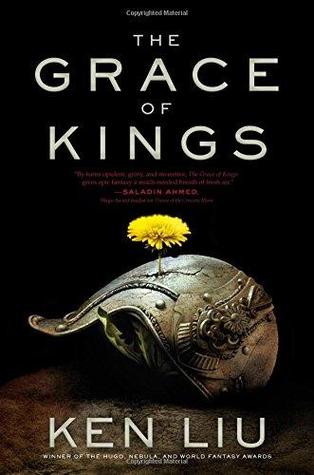Return to the Witch World: The Crystal Gryphon by Andre Norton
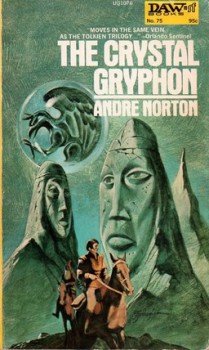 I started slowly working my way through Andre Norton’s splendid Witch World series three years ago. I’ve written several reviews for my site and Black Gate that you can read at the links.
I started slowly working my way through Andre Norton’s splendid Witch World series three years ago. I’ve written several reviews for my site and Black Gate that you can read at the links.
In The Year of the Unicorn (reviewed here) we saw the end of the great war between High Hallack and Alizon. We go back in time to the war’s vicious start in The Crystal Gryphon (1972), the seventh published novel in the series.
The Crystal Gryphon is the first volume of a trilogy about Joisan and Kerovan, a young noblewoman and her husband, a prince tainted at birth by strange magics. Married in absentia when they were only six and eight respectively, the book is told in chapters narrated by one then the other. They hail from two distant parts of High Hallack, and are not to meet for ten years, when Kerovan comes of age. As the years pass, each must struggle to forge his and her way in a conservative land wracked by local power politics and a brutal invasion.
Kerovan of Ulmsdale was born in the ruins of a building erected by the Old Ones, the magically powerful race that lived in and vanished from High Hallack long before the arrival of men. The forces that still lingered in the place changed him, giving him slanted eyebrows over yellow eyes and cloven hooves instead of feet. His mother refuses to see him ever and his father, while declaring Kerovan his heir, gives him over to a crippled soldier to raise and train.
The orphaned Joisan lives with her childless uncle, Cyart, lord of Ithkrypt, and his widowed sister, Dame Math. Together, her aunt and uncle teach her to run an estate. When war with the raiders from the land of Alizon becomes imminent, basic sword and archery skills are added to her education.
